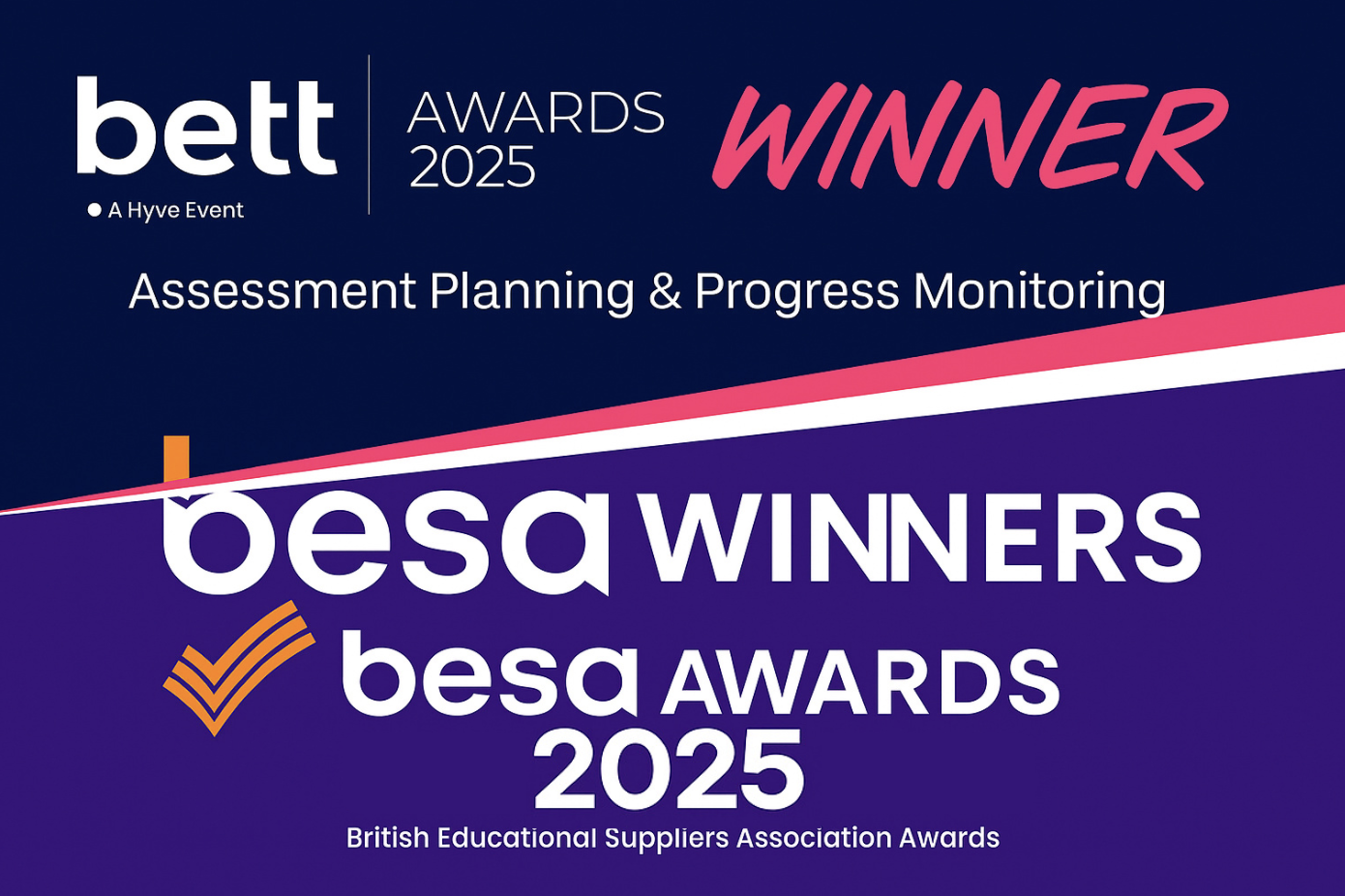
Provision mapping is a vital process for schools to ensure that the special educational needs (SEN) of learners are met efficiently. Whether you’re a seasoned SENCO or new to the role, understanding how to effectively map provisions can help streamline your approach to supporting learners and justify your resource allocation to senior leaders and external bodies.
In this blog post, we’ll explore the core benefits of provision mapping, best practices for implementation, and how the right tools can make all the difference in managing and optimising your SEN provision.


.png)